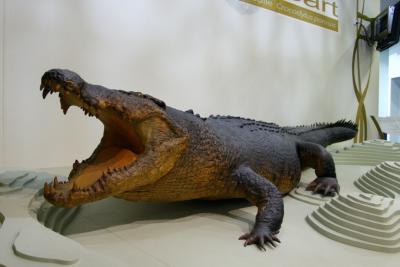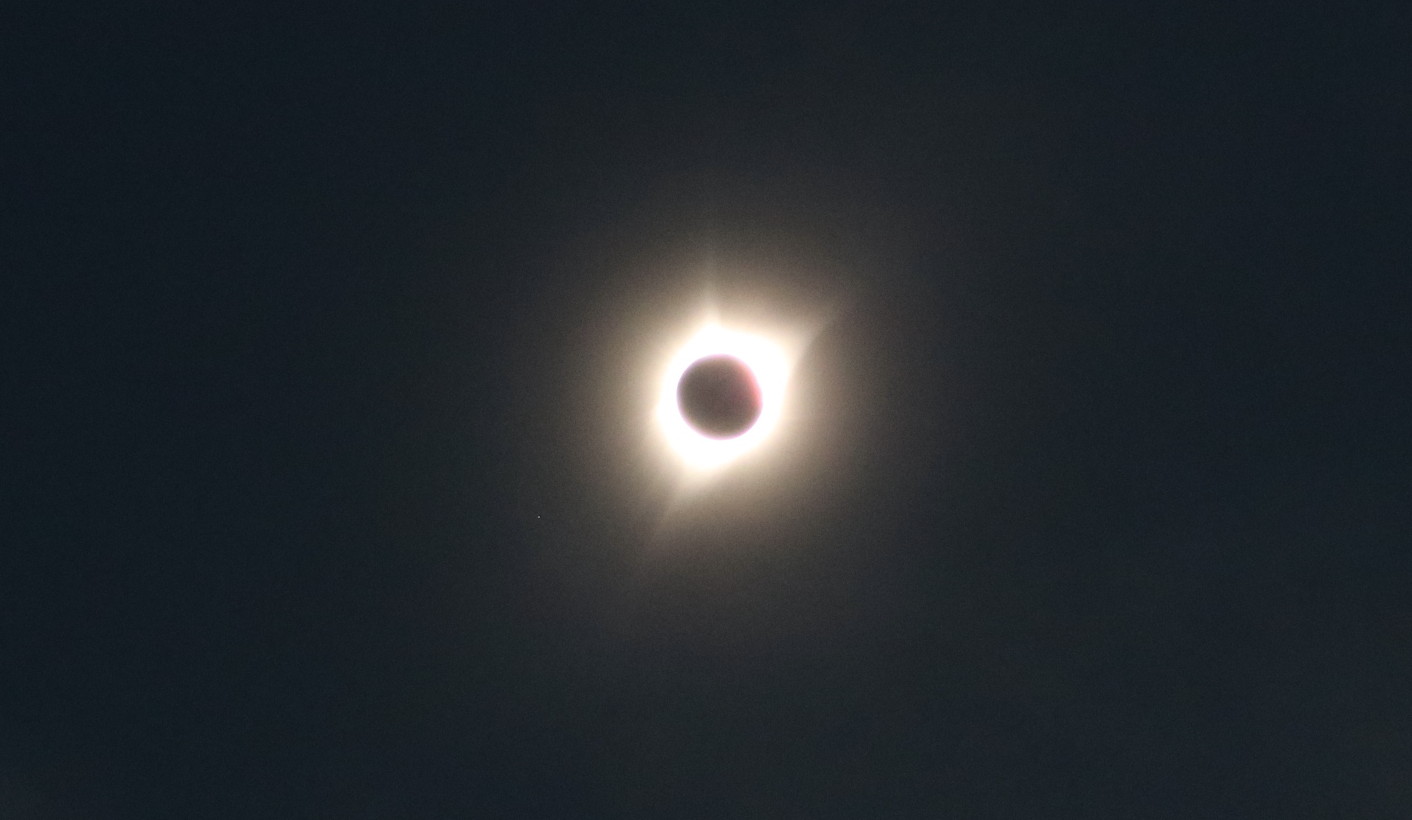Darwin
 The capital city of Northern Territories is Darwin. It is the smallest of the capital cities in Australia. We are at a park just south of the airport, Hidden Valley Tourist Park. It is a well maintained park but the rates are among the highest we’ve paid anywhere at $45 per night for the en suite accommodations. The regular accommodations without the private bathroom were $44 per night. All this and only minimal free internet, a two day pass for 100 MB and then you have to buy internet starting at $10 for two days or 200 Mb. The irony is that in one of the most remote locations we have visited we had one of the best parks in Lightning Ridge, NSW and the rates were $30 per night with unlimited free internet.
The capital city of Northern Territories is Darwin. It is the smallest of the capital cities in Australia. We are at a park just south of the airport, Hidden Valley Tourist Park. It is a well maintained park but the rates are among the highest we’ve paid anywhere at $45 per night for the en suite accommodations. The regular accommodations without the private bathroom were $44 per night. All this and only minimal free internet, a two day pass for 100 MB and then you have to buy internet starting at $10 for two days or 200 Mb. The irony is that in one of the most remote locations we have visited we had one of the best parks in Lightning Ridge, NSW and the rates were $30 per night with unlimited free internet.
Darwin is a town that was almost completely rebuilt after cyclone Tracy in 1974. Tracy arrived with Santa on Christmas Eve that year and demolished most of the town. It was category 5 and had wind recorded up to 230 KPH at the airport before the wind gage went missing. Tin roofs were the rule at that time and sheets of tin were flying everywhere. Most homes were leveled by cyclone Tracy. Afterwards they evacuated many of the residents, almost 30,000 by air and over 7000 by the highway. This was to avoid disease due to a total lack of utilities. Darwin is accessible by sea but the land route is at least a one day drive from the nearest town and it doesn’t have resources needed to help with the resulting damage so the clean-up and repair work was going to take some time. They rebuilt with new stricter building codes which as of today have been weakened by modifications. We humans have such a short memory! Forty years go by and we’re thinking it won’t happen here once again. This despite the excellent exhibit at the Northern Territory museum we visited. They had news reports from the national news, a model showing what was left of many houses in the area and a sound booth with a recording from the night of the cyclone that someone made. Want to know what it sounds like to be in a hurricane? That booth will show you. As we walked out I remarked to Louise, “That was why we left Cairns as the cyclone was approaching.” I can only imagine what it would have been like to go through that in a campervan!
We spent the bulk of Tuesday at the museum. There is a collection of Aborigine art that is well displayed and explained. Everything from rock art to bark panels to canvas and carvings. They had burial poles, hollow logs that were decorated and held the bones of the deceased. They had a small woven decorated container for the bones of a baby that died before or during birth. The mother would keep this until the next baby was born so that baby would have the soul of the baby that died. Once another baby was born the container with the bones would be discarded. That child now lived in the one most recently born. We all have stories that help get us through tough times. You begin to get a better understanding of the culture and beliefs of the Aborigine from this kind of exhibit.
Of course a museum in this territory would have to include a crocodile and they have a large one mounted in an atrium along with the story of its capture and demise. Known as Sweetheart, this rogue was attacking boats. Sweetheart would bite the boat and sink it but wouldn’t attack the escaping occupants. They had pictures showing boats with the bite holes. Best guess was that he saw the boats as competitors in his territory and just wanted to get rid of the boat. After several attacks they went out to capture Sweetheart. The whole episode is on tape and they have edited it into about a six minute presentation. There was no crocodile wrestling involved. They caught him in a trap. They wanted to capture him alive but it didn’t work out that way. Sweetheart became tangled in underbrush and drowned before they could free him. So they stuffed and mounted him!
The last exhibit that we visited was a traveling exhibit on the work of Alfred Wallace. Wallace was a naturalist from Wales in England. He was a contemporary of Charles Darwin for whom the city of Darwin was named. Alfred Wallace traveled and collected specimens of animals from beetles and birds to plants in the Amazon basin of South America. On returning the ship he was traveling on sank along with all his specimens. He returned home broke, in addition to the scientific value of the specimens he also sold some to support his work. It was the custom at the time and a way to make a living. He gathered his resources and set out on a second trip this time to Malaysia, thousands of islands just to the north of Australia. This area was largely unexplored. He spent considerable time here going to many islands and collecting and cataloging species of animals and plants.
As a result of his work he developed an understanding of the variety of living things and ways they are similar and different. He sent to Charles Darwin a paper that explained the mechanism by which the differences in species came about. Darwin had developed a similar explanation and together the two presented their ideas to the Linnaean Society of London. Darwin incorporated the work and ideas of Wallace into his publication of the Origin of Species and the two are considered co-discoverers of the theory of evolution. The exhibit illustrated much of Wallace’s work and outlined his long and productive life.



0 Comments
Recommended Comments
There are no comments to display.
Please sign in to comment
You will be able to leave a comment after signing in
Sign In Now